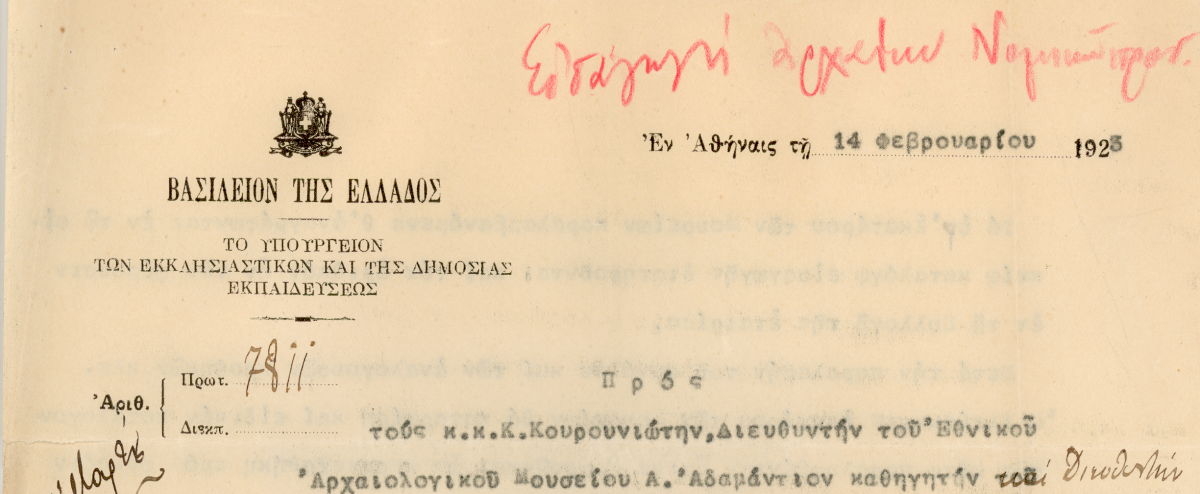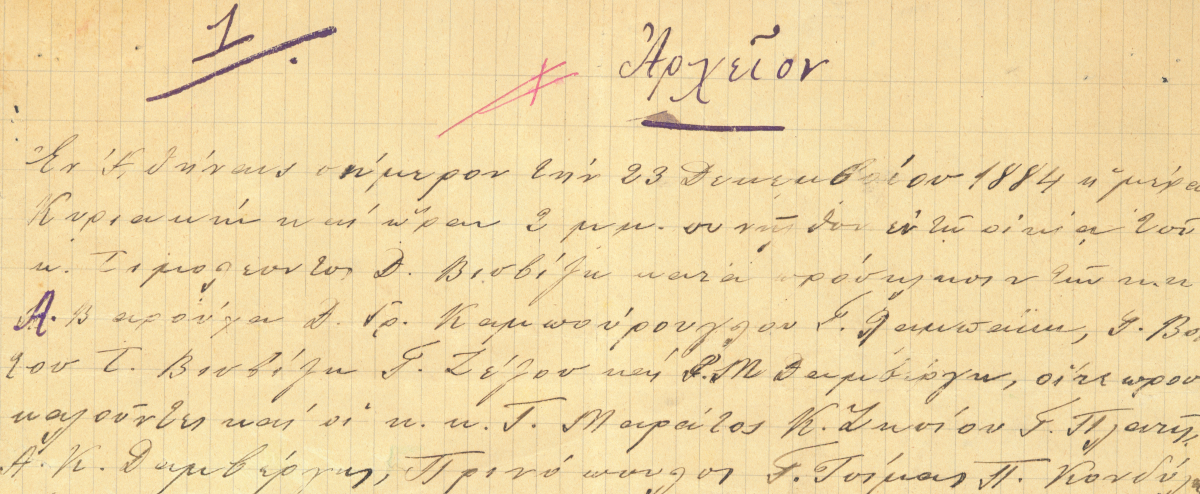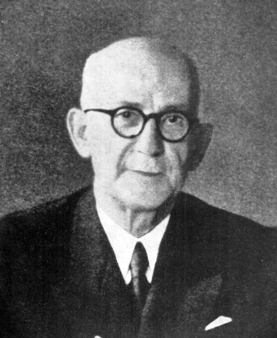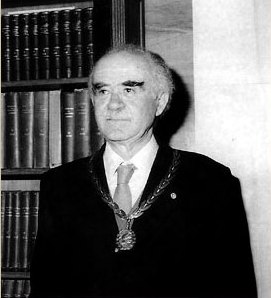Members of Administrative Boards
The most distinguished Greek Byzantinists, primarily historians of Byzantine art, were active members of the Society in its long historical course:
- Georgios Lampakis,
- Georgios Soteriou (General Secretary 1932-1959, President 1959-1965),
- Nikos A. Bees (President 1932-1958),
- Andreas Xyngopoulos,
- Anastasios Orlandos (President 1966-1978),
- Manolis Chatzidakis (General Secretary 1959-1979, President 1980-1998),
- Charalampos Mpouras (General Secretary 1979-2000),
- Doula Mouriki,
- Demetrios Pallas,
- Georgios Galavaris (President 1998-2001),
- Elias Kollias (President 2001-2007)
- Demetrios Konstantios (General Secretary 2000-2010)
Click on the following link to see all members of the Administrative Board of the CHAE from 1885 until now.
Members of Administrative Board 1885-today
Bibliography on the history of the CHAE
- Έκθεση για τα εκατό χρόνια της Χριστιανικής Αρχαιολογικής Εταιρείας. Κατάλογος, Αθήνα 1985
- Ό. Γκράτζιου - Α. Λαζαρίδου (επιστ. επιμ.), Από τη Χριστιανική Συλλογή στο Βυζαντινό Μουσείο (1884-1930). Κατάλογος έκθεσης(Αθήνα, Βυζαντινό και Χριστιανικό Μουσείο, 29 Μαρτίου 2002 - 7 Ιανουαρίου 2003), Αθήνα 2006
- Δ. Κωνστάντιος, Η ιστορία της Χριστιανικής Αρχαιολογικής Εταιρείας, Αθήνα 2009.






